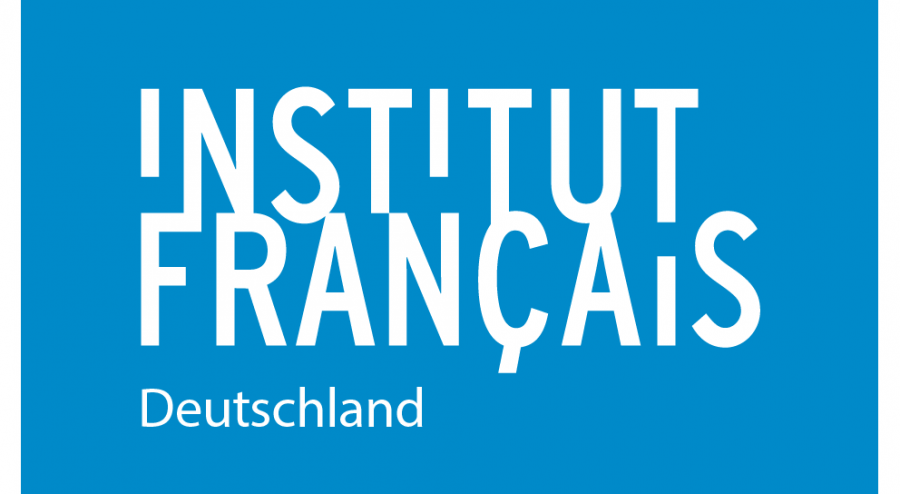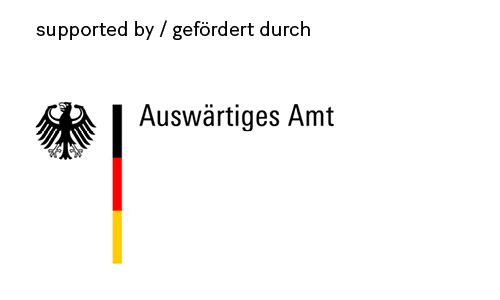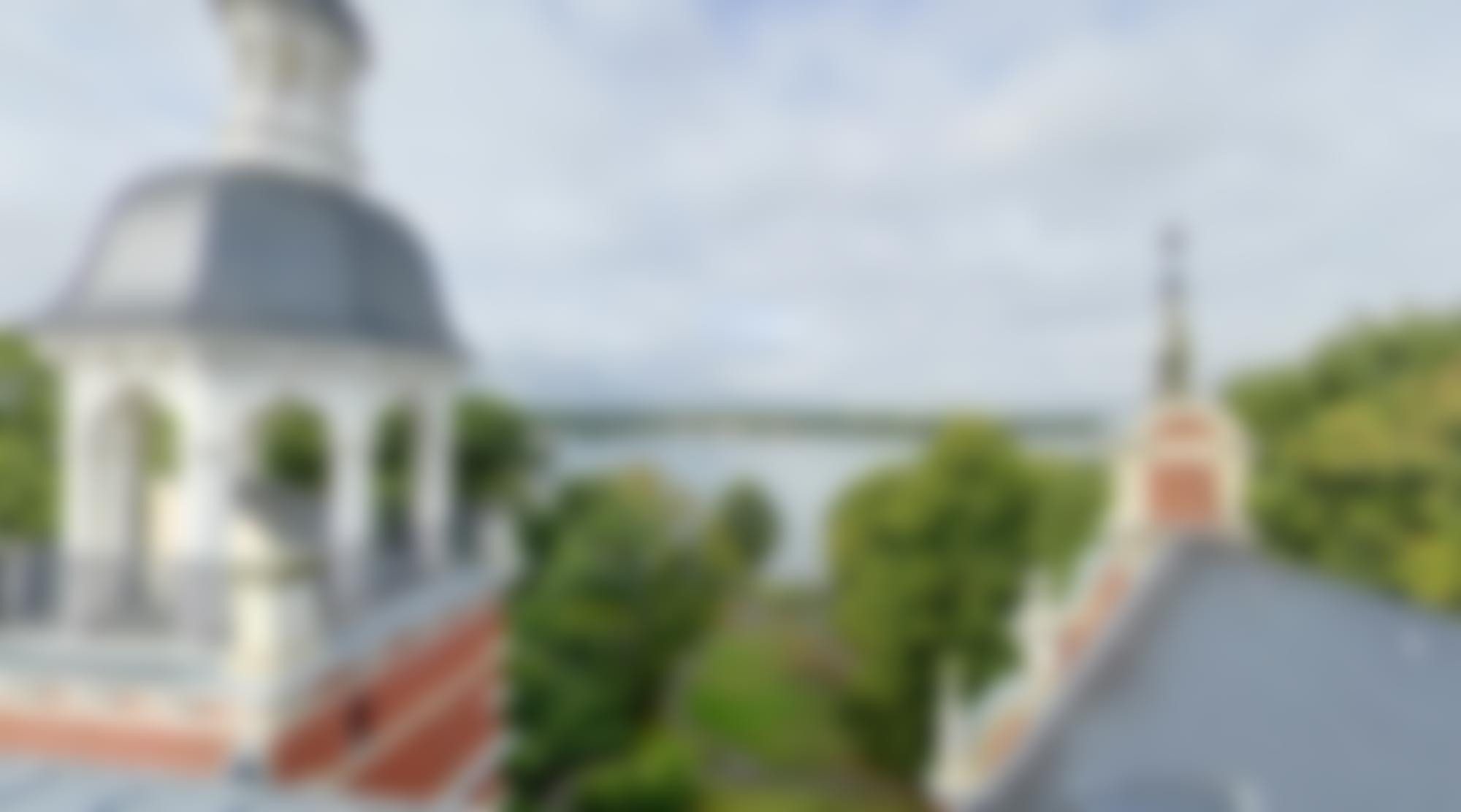Memory Buoy
I’ve always found the epitaph that poet John Keats had asked to be written on his tombstone exceptionally beautiful and thoughtful. Instead of his name, what it famously says is this: “Here lies One Whose Name was writ in Water.” It refers to the fleetingness of existence, of fame and (mis)fortune, and of memory, no less, given that moving waters – oceans, rivers – that constantly change and renew themselves cannot serve as fixed lieux de mémoire.
In Budapest, I live only a block away from the Danube which, as opposed to its width in Vienna, is very wide here, thus drawing a considerable amount of river traffic with tons of tourists who wish to appreciate the beautiful vistas of the city and further north, the famous Danube Bend, while riding a boat. Last year, on May 29, 2019, a horrible disaster happened right under Margaret Bridge, which is a 5-minute walk away from my home. The boat carried mostly South-Korean tourists; there were altogether 35 passengers aboard the Hableány (little Mermaid) when a terrible accident happened. Another, much bigger tourist boat collided with this smaller one which, in a matter of seconds, sunk to the bottom of the river. Seven people were saved from the water, while 27 South-Korean tourists and the two Hungarian crew members drowned. All bodies were found and dragged from the water, except for one which is still missing.
It was the worst civilian, maritime casualty in Hungary during peace time. The city was in shock for weeks. People kept bringing flowers and candles to the bridge on the Pest side close to where the accident had happened, some brought children’s drawings that they pasted on the walls of the bridge. That’s what people do: they bring memorial objects to the place of a tragedy or to a grave. However, in this case, the actual place where the catastrophe had occurred was the water. Due to videos taken of the collision, it was also known where exactly it had taken place.
Like many Budapest dwellers, I love to take walks along the Danube, which is what I did two days ago. That was when I saw something in the river that I hadn’t seen before. From a distance it was only a black dot, but as I approached, it gradually became clear that it was a buoy. I had never seen it before, its color was bright green, the sun was shining and its rays fell right onto its surface. That was when I noticed it had a small blue boat painted on it, and I realized this was a memorial to the shipwreck and to the lives that were lost at this very place. It was, literally, a memory buoy, a form of memorial I had never seen before. And I was reminded of Keat’s words on his tombstone. But even though the deaths of these people from a far-away land were indeed writ in water, their names and their memory are here to stay, anchored in our minds. We will remember.
Gedenkboje
John Keats bat um eine Inschrift auf seinem Grabstein, die ich immer schon außerordentlich schön und tiefsinnig fand. Anstelle seines Namens steht dort bekanntermaßen: „Here lies One Whose Name was writ in Water“ (Hier liegt einer, dessen Name auf Wasser geschrieben war). Dieser Satz bezieht sich auf die Flüchtigkeit der Existenz, des Ruhmes, des (Un)Glücks. Er bezieht sich auch auf die Flüchtigkeit der Erinnerung, wenn man bedenkt, dass strömende Gewässer wie Meere oder Flüsse, die sich stets ändern und erneuern, nicht als feste Erinnerungsorte dienen können.
Ich lebe in Budapest, nur eine Querstraße von der Donau entfernt. Im Gegensatz zu Wien ist der Fluss hier sehr breit, wodurch er einen wesentlichen Teil des Flussverkehrs mit einer Vielzahl an Touristen mit sich zieht: Auf einer Bootsfahrt wollen sie einen Blick auf die Schönheit der Stadt genießen sowie, weiter im Norden, das berühmte Donauknie durchfahren. Letztes Jahr, am 29. Mai 2019, ereignete sich ein entsetzliches Unglück direkt unter der Margaretenbrücke, die nur fünf Gehminuten von meinem zu Hause entfernt liegt. An Bord der Hableány (Meerjungfrau) befanden sich 35 Passagiere, unter ihnen hauptsächlich südkoreanische Touristen, als das Boot in einen schrecklichen Unfall verwickelt wurde. Ein anderes, viel größeres Touristen-Boot stieß mit dem viel kleineren zusammen, welches sogleich auf den Boden des Flusses sank. Sieben Menschen konnten aus dem Wasser gerettet werden, während 27 südkoreanische Touristen und zwei ungarische Crewmitglieder ertranken. Alle Leichen wurden gefunden und aus dem Wasser gezogen. Nur eine wird bis heute vermisst.
Es handelt sich hierbei um den schlimmsten Fall von zivilen Opfern eines Seeunfalls in Ungarn zu Friedenszeiten. Die Stadt stand wochenlang unter Schock. Die Menschen brachten Blumen und Kerzen zu der Brücke auf der Pester Seite der Stadt, in deren Nähe sich der Unfall ereignet hatte. Manche brachten Kinderzeichnungen, die sie an die Wände der Brücke klebten. Das machen Menschen so: Sie gedenken der Opfer, indem sie Gegenstände am Ort des Geschehens oder auf einem Grab ablegen. Jedoch ereignete sich die Katastrophe in diesem Fall auf dem Wasser. Mithilfe von Privatvideos konnte sogar bestimmt werden, an genau welcher Stelle des Flusses die Schiffe zusammengestoßen waren.
Wie viele Menschen, die in Budapest leben, gehe ich gern entlang der Donau spazieren. So auch vor zwei Tagen. Dabei fiel mir etwas im Fluss auf, dass ich vorher noch nicht gesehen hatte. Aus der Ferne sah es einfach nur wie ein schwarzer Punkt aus, aber als ich näher ans Ufer trat, erkannte ich nach und nach, dass dort eine Boje schwamm. Ich hatte sie noch nie gesehen, wie sie so hellgrün und von Sonnenstrahlen beschienen im Wasser trieb. Im gleichen Moment fiel mir auf, dass ein kleines blaues Boot darauf gezeichnet war, und ich verstand, dass die Boje eine Gedenkstätte für das Schiffswrack und die Menschen markierte, die an diesem Ort ihr Leben gelassen hatten. Sie war, im wahrsten Sinne des Wortes, eine Gedenkboje – eine Art Denkmal, wie ich es noch nie zuvor gesehen hatte. Sie erinnerte mich an die Worte auf Keats’ Grabstein. Und wenngleich der Tod dieser Menschen aus einem fernen Land wahrhaftig auf Wasser geschrieben wurde, ihre Namen und ihr Andenken werden von Dauer sein, fest verankert in unseren Köpfen. Wir werden sie in Erinnerung halten.
Übersetzung: Juliane Schallau
Emlékbója
Mindig is csodáltam John Keats, angol költő saját maga által írt, légies, elgondolkodtató sírfeliratát. A neve helyett, köztudomásúan ez áll: “Here lies One whose Name was writ in Water.” A lét, a hírnév, a szerencse és szerencsétlenség, és nem kevésbé az emlékezet múlandóságára vonatkozik, miután mozgó élővízek, úgy mint óceánok és folyók, melyek folyamatosan változnak és megújulnak, nem képesek az emlékezet helyeinek fix pontjaként működni.
Budapesten, csak egy saroknyira lakom a Dunától, amely itt, a bécsi fesztávjával szemben, lenyűgözően széles, minek köszönhetően élénk hajóforgalmat bonyolít rengeteg túristahajóval, amelyeknek fedélzetéről az idelátogatók szívesen gyönyörködnek a város pompás látványaiban, valamint fentebb északra, a világhírű Duna-kanyarban. Tavaly, 2019. május 29-én, egy szörnyű hajókatasztrófa történt a Margit-híd közvetlen közelében, ami a lakásomtól öt percnyi sétára van. A hajó dél-kóreai turistákat vitt, összesen 35 utas volt a kis Hableány fedélzetén, amikor megtörtént a szörnyű baleset. Egy sokkal nagyobb turistahajó összeütközött ezzel a kisebb hajóval, mely utóbbi néhány másoddperc alatt elsüllyedt.
Hét embert kimentettek a vízből, míg 27 dél-kóreai turista és a két magyar legénység ott lelték halálukat a Dunában. Egy kivételével, amelyik még mindig hiányzik, az összes holttestet megtalálták és kiemelték a vízből. Békeidőben ez volt Magyarország hajózási történetének legsúlyosabb, civileket érintő katasztrófája. A város hetekig sokkban volt. A híd pesti oldalán, közel ahhoz a ponthoz, ahol a baleset történt, a gyászoló lakosok folyamatosan hordták a virágokat és gyertyákat, valamint emlékező gyerekrajzokat, melyeket a híd oldalfalára ragasztottak. Így szokás: tragédiák helyszínére és sírokhoz emléktárgyakat viszünk. Ebben az esetben azonban, a tragédia konkrét helyszíne a víz volt. A balesetről készült amatőrvideók alapján azonban az összeütközés pontos helye is ismert.
Mint sok más budapesti, én is imádok a Dunaparton sétálni, és ezt tettem két napja is. Ekkor hirtelen megláttam valamit a folyóban, amit azelőtt még soha. Távolról csak egy kis feket pontnak tűnt, de ahogy közelebb kerültem, láttam, hogy nem más, mint egy bója. Élénkzöld színe volt, melyet szépen kiemelt az éppen rásütő nap, szinte világított. Ebben a megvilágításban láttam, hogy egy kis kék hajó van ráfestve, és akkor megértettem, hogy ez a bója a hajótörés, és az éppen ezen a helyen elveszett életek emlékművéül szolgál. Szó szerint, egy emlékbója volt, amilyet még sohasem láttam; az emlékmű egy új formája, műfaja. Ekkor ugrottak be a Keats sírkövén olvasható szavak. S jóllehet e távoli földrészről érkezett emberek halála valóban vízre íródott (writ in water), a nevük és az emlékezetük velünk marad, örökre a város emlékezetébe horgonyozva. Emlékezni fogunk.
(A szerző fotrdítása az angol eredetiből)
Share
-
30 Montag
19:30 UhrHausgäste im Januar 2023
Zsófia Bán und Dmitri Strozew in Lesung und Gespräch
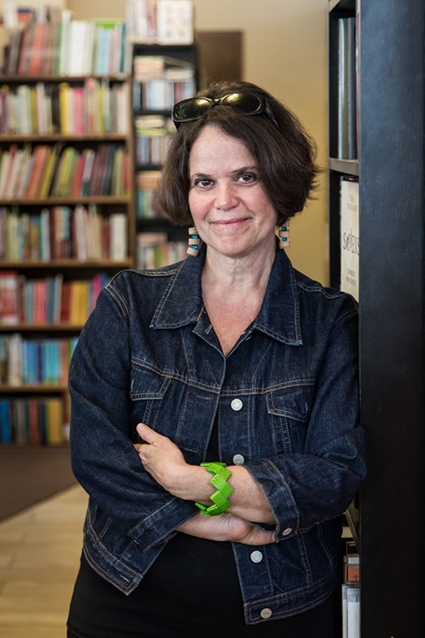
-
30 Samstag
19:04 Uhrweiter lesen | Zsófia Bán
»Weiter atmen« (Suhrkamp, 2020)
Moderiert von Anne-Dore Krohn
Kommentar von Terézia Mora
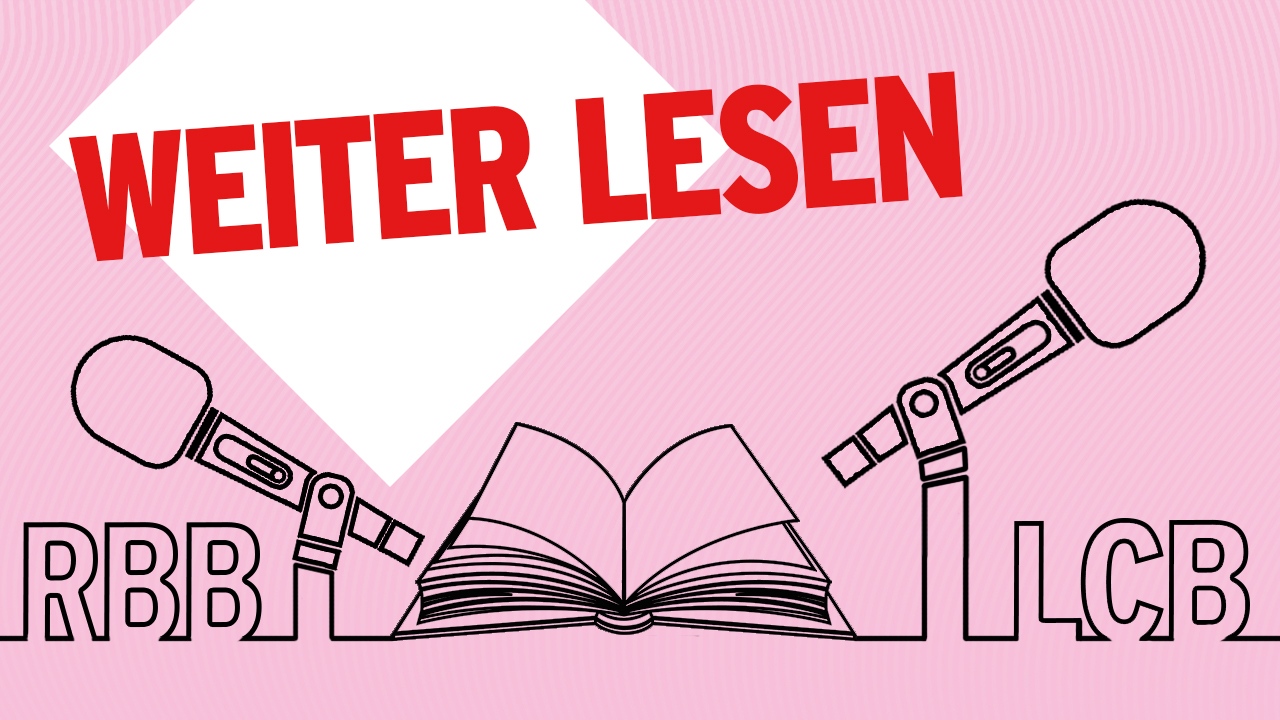
-
01 Mittwoch
Queer*East
Literatur, Musik und Performance aus Mittel-, Ost- und Südosteuropa
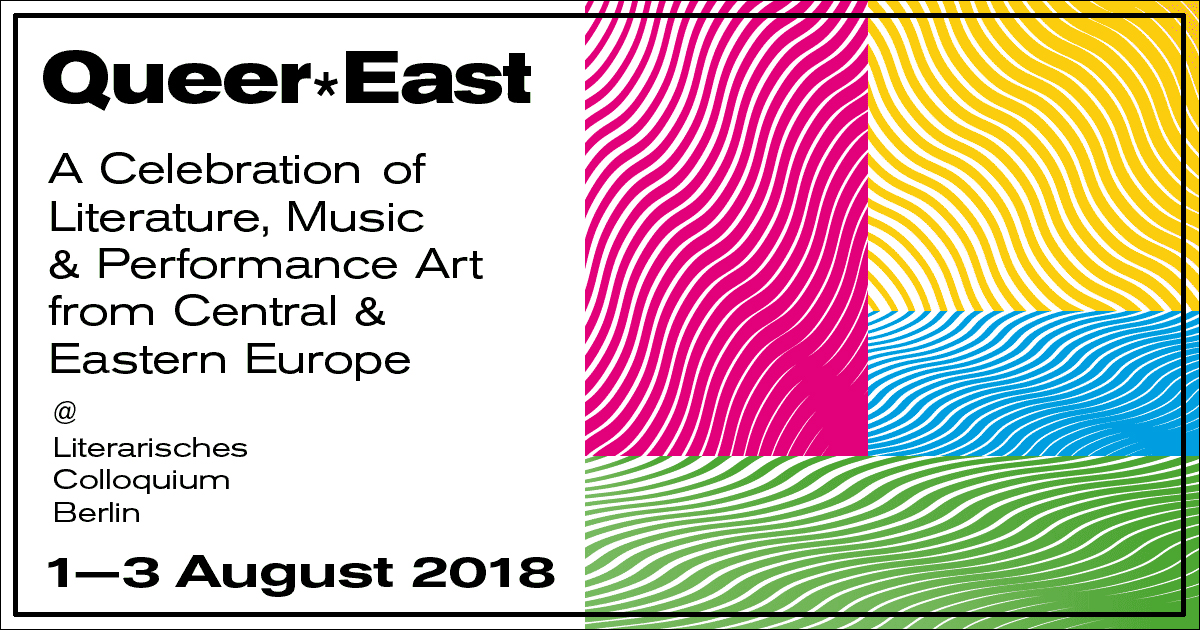
-
01 Mittwoch
Queer*East
Ein Festival mit Literatur, Musik Performance aus Mittel-, Ost- und Südosteuropa

-
01 Sonntag
Das Weiße Meer – Literaturen rund ums Mittelmeer
Veranstaltungsreihe, 2012-2018

Veranstaltungen mit Zsófia Bán
2023
Januar
2020
Mai
2018
August
Februar



